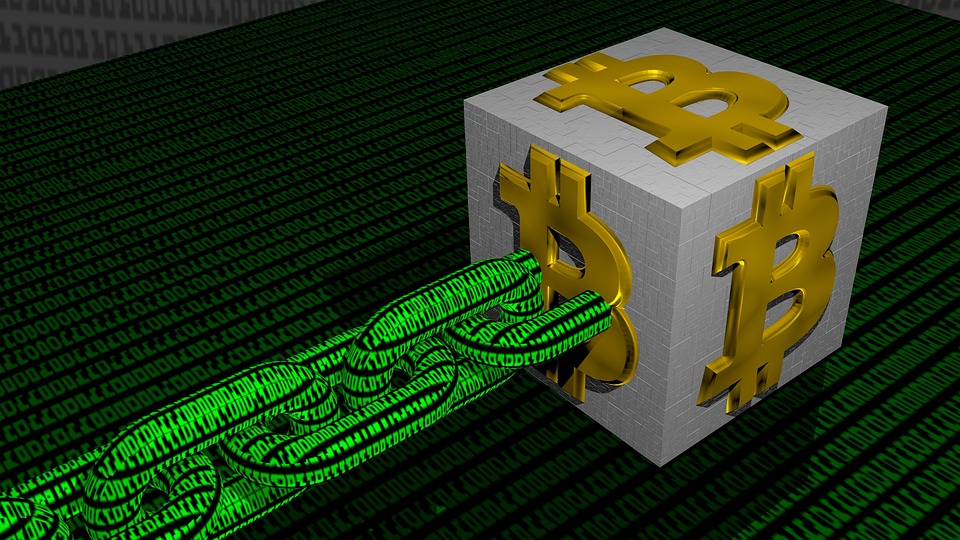In the evolving landscape of digital currencies, securing your cryptocurrencies is paramount. As their popularity grows, so does the potential for cyber threats, hacking attempts, and scams. Setting up a crypto wallet is just the first step toward engaging with this burgeoning financial ecosystem; ensuring that wallet is secure is where the real work begins. Here, we explore essential tips for maximizing your security during crypto wallet setup.
Understanding Crypto Wallets
Before diving into the security measures, it’s important to understand the types of crypto wallets available:
-
Hot Wallets: These are software wallets connected to the internet, offering convenience and quick access. However, they are more susceptible to hacks and phishing schemes.
-
Cold Wallets: These are offline wallets, such as hardware wallets and paper wallets. They provide robust security against online threats but are less convenient for frequent transactions.
-
Custodial Wallets: Offered by exchanges or third-party services, these wallets take care of your private keys for you. While they offer ease of use, they come with risks associated with centralized services.
- Non-Custodial Wallets: Here, you maintain complete control over your private keys, making you solely responsible for your security.
Essential Security Tips
1. Choose the Right Wallet Type
Selecting the appropriate wallet type for your needs is the first line of defense. For everyday transactions, a hot wallet may suffice. However, for long-term storage of larger amounts of cryptocurrency, consider a cold wallet for enhanced security.
2. Use Strong, Unique Passwords
When creating your wallet, opt for a strong password that includes a mix of letters, numbers, and symbols. Ensure it is unique and not used across other accounts. A strong password is your first obstacle against unauthorized access.
3. Enable Two-Factor Authentication (2FA)
If your wallet supports it, always enable two-factor authentication. This adds a second layer of security, requiring a one-time code sent to your phone or email in addition to your password.
4. Backup Your Wallet
Regular backups are critical. Store your wallet’s recovery phrase or private keys offline in a secure location. This ensures that if you lose access to your wallet, you can still recover your funds. Consider keeping multiple copies in different secure places.
5. Update Regularly
Many software wallets frequently release updates that address security vulnerabilities. Ensure your wallet software is always up-to-date to benefit from the latest security enhancements.
6. Be Wary of Phishing Attacks
Phishing scams are rampant in the crypto space. Always double-check URLs before entering your credentials or sensitive information. Avoid clicking links in unsolicited emails or messages and opt to navigate directly to the wallet provider’s official website.
7. Use a Hardware Wallet for Large Holdings
For significant amounts of cryptocurrency, storing funds in a hardware wallet is advisable. They keep your private keys offline, making them virtually impenetrable to online attacks.
8. Secure Your Devices
Your security is only as strong as the devices you use. Ensure that your computer and smartphone are equipped with antivirus software, firewalls, and regular security updates. Avoid using public Wi-Fi when accessing your wallets.
9. Educate Yourself on Security Practices
The crypto landscape is fast-paced, and threats evolve quickly. Stay informed by following reputable blockchain and cryptocurrency news outlets. Understanding common scams and security threats will help you maintain vigilance.
10. Limit Sharing of Wallet Information
Be cautious about sharing your wallet address or other wallet-related information. While it’s necessary to provide your wallet address for transfers, avoid discussing the specifics of your wallet’s security setup or any sensitive information tied to it.
Conclusion
Maximizing your crypto wallet security requires diligence, education, and adherence to best practices. As the digital currency landscape continues to grow, so will the methods employed by malicious actors. By following these essential tips, you can significantly reduce your risk and protect your valuable crypto assets. Remember that in the world of cryptocurrencies, your security is ultimately in your hands. Stay vigilant, stay secure.




